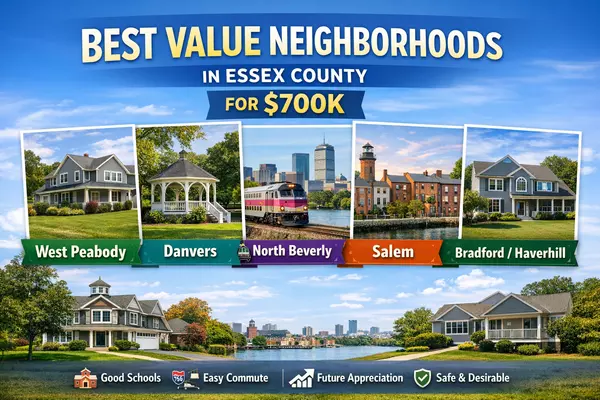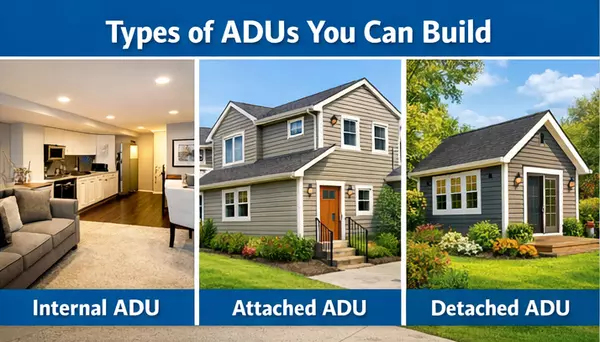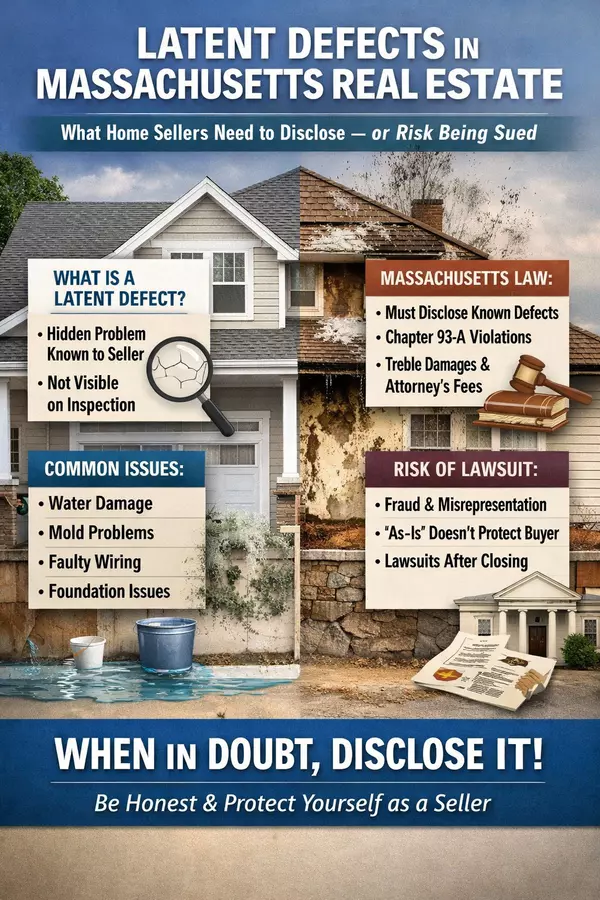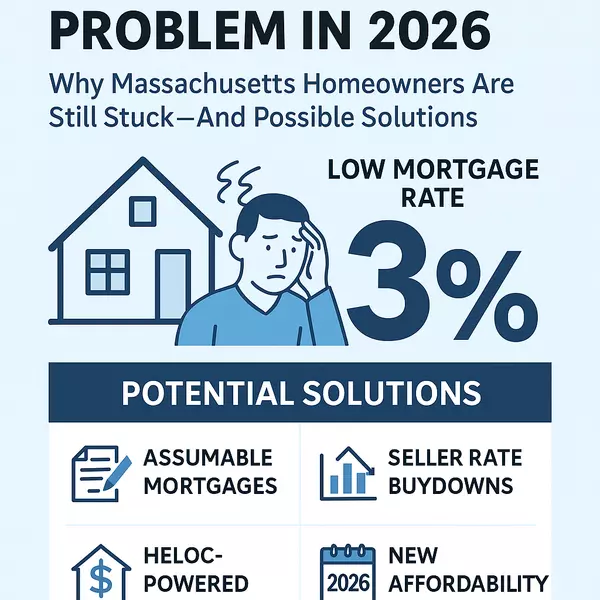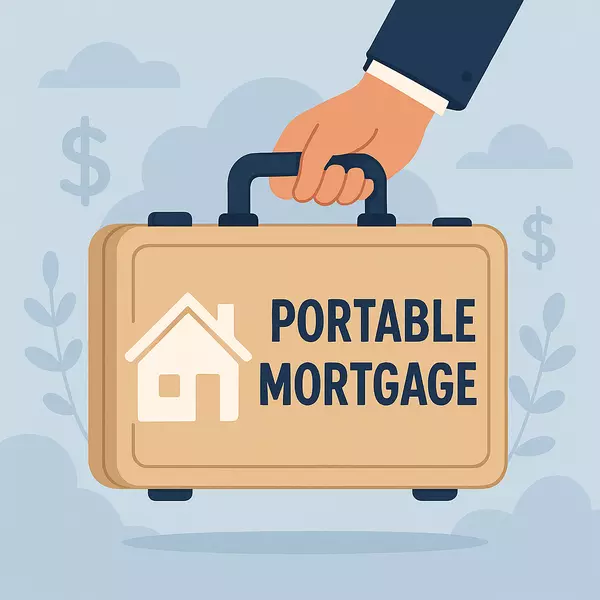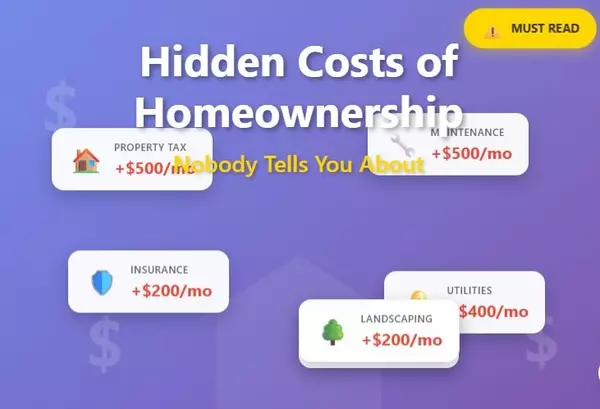Smart Home Features That will Actually Increase Your Property Value in 2026

Smart Home Features That Will Actually Increase Your Property Value in 2026
The smart home revolution has moved far beyond novelty gadgets and voice-activated light bulbs. In 2026, homebuyers will expect a certain level of technological integration, and the right smart features can significantly boost your property's appeal and value. But here's the catch: not all smart home upgrades deliver the same return on investment.
After analyzing recent market data and speaking with appraisers and real estate agents, we've identified which smart home features actually move the needle when it comes to your home's value, and which ones are just expensive toys.
The High-ROI Winners
1. Smart Security Systems (ROI: 75-100%)
Comprehensive security systems that include smart doorbell cameras, motion-activated exterior cameras, and integrated alarm systems consistently top the list. Buyers aren't just looking for security—they want peace of mind they can monitor from anywhere. Systems from brands like Ring, Nest, and SimpliSafe that integrate with smartphones and offer cloud storage are particularly attractive.
Why it works: Security is a fundamental need, and the ability to check on your home remotely appeals to virtually every buyer demographic, from young families to retirees.
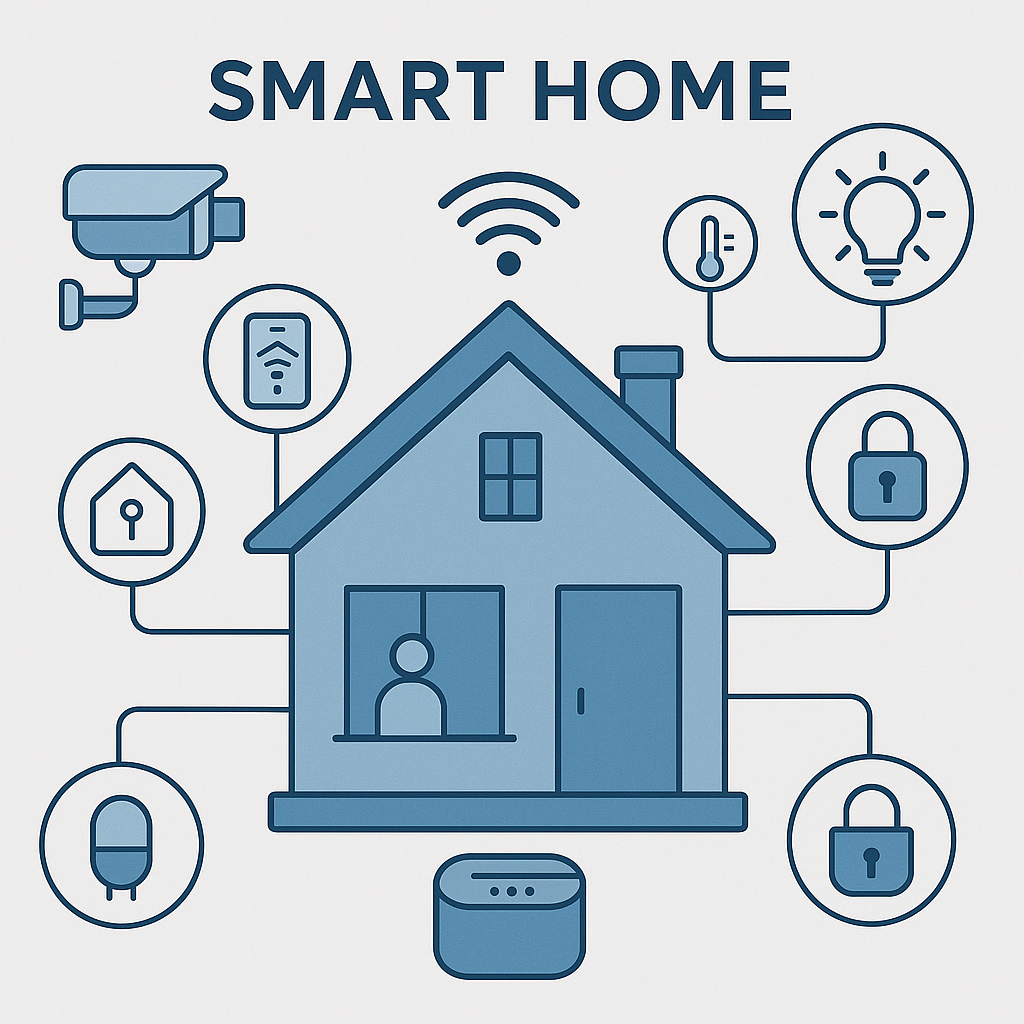 2. Smart Thermostats (ROI: 80-90%)
2. Smart Thermostats (ROI: 80-90%)
Devices like the Nest Learning Thermostat or Ecobee have become almost expected in mid-range to luxury homes. These systems typically pay for themselves within two years through energy savings, and buyers recognize this value immediately.
Why it works: Energy efficiency is both a cost-saver and an environmental consideration. In 2026, with energy costs remaining a concern for most households, demonstrating lower utility bills is a powerful selling point.
3. Smart Lighting Systems (ROI: 60-75%)
Whole-home lighting systems that allow for scheduling, dimming, and scene-setting have evolved from luxury to lifestyle essential. Systems that work with major platforms (Alexa, Google Home, Apple HomeKit) score highest with buyers.
Why it works: Smart lighting enhances both convenience and ambiance. Buyers can immediately envision customizing their living spaces, and the energy efficiency aspect adds practical value.
4. Video Doorbell Systems (ROI: 85-95%)
Even as standalone features, video doorbells have become one of the most desired smart home additions. The ability to see and speak with visitors remotely, receive package delivery notifications, and monitor front door activity has universal appeal.
Why it works: Package theft concerns and general security awareness make this a no-brainer feature for most buyers. Installation is relatively simple, and the benefits are immediately obvious.
The Moderate-Return Investments
5. Smart Locks (ROI: 50-65%)
Keyless entry systems appeal to tech-savvy buyers and those who frequently deal with contractors, cleaners, or short-term rentals. However, some buyers remain skeptical about digital security and battery dependence.
Why the mixed response: While convenient, smart locks haven't achieved the same universal acceptance as other smart features. Some buyers worry about reliability or prefer traditional keys.
6. Smart Garage Door Openers (ROI: 45-60%)
The ability to open, close, and monitor your garage door remotely is genuinely useful, but it's not typically a make-or-break feature for most buyers.
The verdict: Nice to have, especially in markets with harsh weather or high property crime, but unlikely to significantly increase your asking price.
7. Whole-Home Automation Hubs (ROI: 40-70%)
Systems like Control4, Savant, or Crestron that integrate everything from lighting to climate to entertainment can be impressive, but ROI varies dramatically based on buyer sophistication and market.
The challenge: These systems can be complex, expensive to modify, and may not align with a new buyer's preferred ecosystem. In luxury markets, they're expected; in mainstream markets, they may be viewed as unnecessary or intimidating.
The Questionable Investments
8. Smart Appliances (ROI: 20-40%)
Refrigerators with touchscreens, WiFi-enabled ovens, and app-controlled washing machines generate more "cool factor" than actual value. These appliances cost significantly more than standard models, but most appraisers don't assign premium value to connectivity features.
Why they disappoint: Buyers recognize that smart appliances have shorter lifespans than their analog counterparts, face faster obsolescence, and may require costly repairs. The connectivity features often feel gimmicky rather than genuinely useful.
9. Smart Mirrors and Bathroom Tech (ROI: 15-30%)
Mirrors with integrated displays, smart toilets with heated seats and bidet functions, or shower systems with digital controls can wow guests, but they rarely influence purchase decisions proportionally to their cost.
The reality: These features appeal to a narrow buyer segment and can actually make some buyers uncomfortable or skeptical about maintenance and repair costs.
10. Smart Sprinkler Systems (ROI: 30-50%)
Automated irrigation systems that adjust based on weather and soil conditions make sense in drought-prone regions, but elsewhere they're viewed as a minor convenience at best.
Regional consideration: ROI is heavily geography-dependent. In California or Arizona, this could be a selling point. In rainy climates, it's largely irrelevant.
Making Smart Choices About Smart Home Investments
Before you invest in smart home technology to increase your home's value, consider these strategic guidelines:
Focus on security and efficiency first. Features that save money or provide safety consistently deliver the best returns. Start with a smart security system and smart thermostat before considering anything else.
Stick with major ecosystems. Buyers want systems that work with platforms they already use. Obscure or proprietary systems can actually decrease appeal because buyers fear being locked into an unfamiliar ecosystem.
Professional installation matters. DIY installations may save money upfront, but professionally installed systems give buyers confidence in reliability and provide documentation for home inspections.
Document energy savings. If you've installed smart thermostats or efficient smart lighting, keep utility bills that demonstrate the savings. Real data is far more persuasive than theoretical benefits.
Consider your market. A $10,000 whole-home automation system might be expected in a $2 million home but could be seen as odd in a $300,000 starter home. Match your smart home investments to your property's price point and target buyer demographic.
Don't over-automate. There's a sweet spot between "dated" and "overwhelming." Most buyers want core smart features but don't want to feel like they need an engineering degree to adjust the lighting.
The 2026 Smart Home Baseline
In today's market, certain smart features have moved from "nice to have" to "expected" in homes priced above the median in most markets:
- Smart doorbell with video
- Programmable/smart thermostat
- Some form of smart lighting (at minimum in key areas)
- Basic security system with remote monitoring
- Smart smoke/CO detectors
If you're selling a home without these features in 2026, you're likely leaving money on the table or narrowing your buyer pool. Conversely, if you're buying, the absence of these features gives you negotiating leverage or a clear roadmap for improvements.
Smart home technology can absolutely increase your property value, but only when you invest strategically. Focus on features that offer tangible benefits—security, energy savings, and convenience—rather than flashy gadgets that wow for five minutes but don't solve real problems.
The smartest smart home investment isn't the most cutting-edge technology; it's the technology that makes daily life genuinely better for the widest range of potential buyers. In 2026, that means prioritizing security, efficiency, and seamless integration over novelty and complexity.
Before making any significant smart home investment, ask yourself: "Would this feature make me choose this house over an identical one without it?" If the answer is yes, you're probably making a wise investment. If you're not sure, your potential buyers probably won't be either.
Jim Armstrong
Associate Broker/Massachusetts Real Estate Instructor
Armtrong Field Group @ Aluxety
Categories
- All Blogs (97)
- Beverly, MA (4)
- Buying a Home (40)
- Condos For Sale (3)
- Home Ownership (27)
- Homes For Sale (7)
- Living on the North SHore (10)
- Mortgages (4)
- Prospective Real Estate Agents (1)
- Real Estate Careers (8)
- Real Estate Market Conditions (19)
- Real Estate School (1)
- Salem, MA (6)
- Selling a home (48)
Recent Posts
